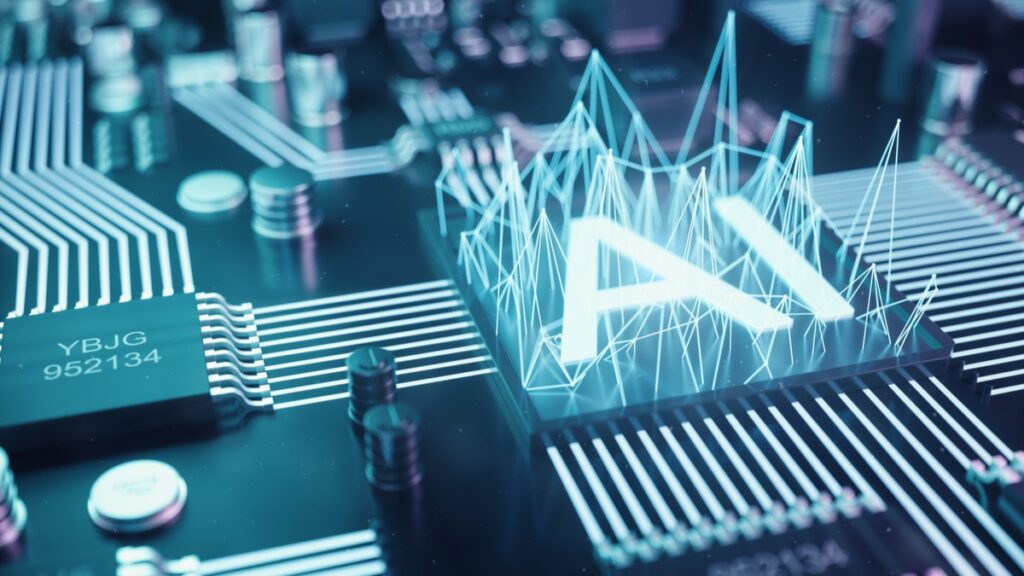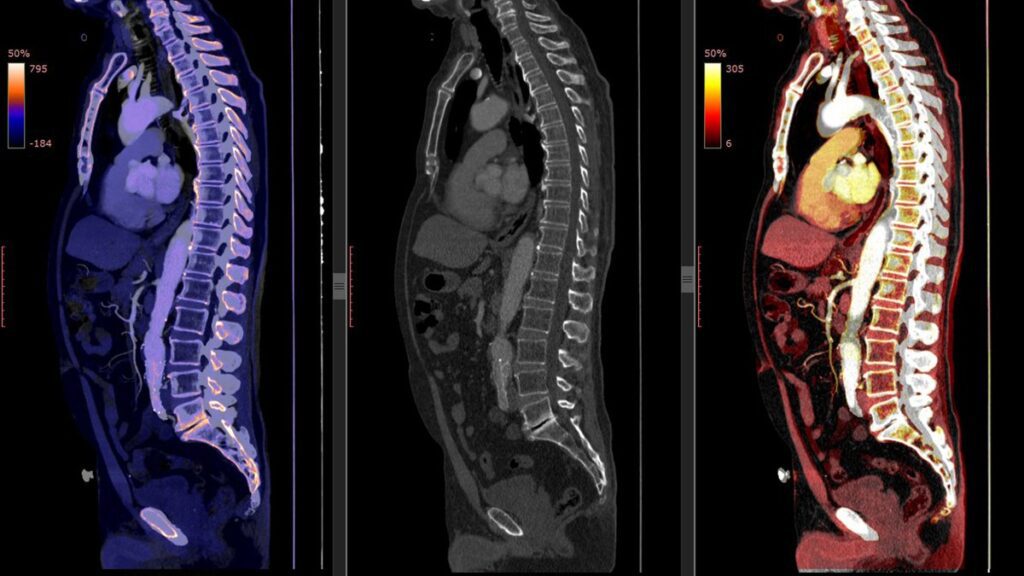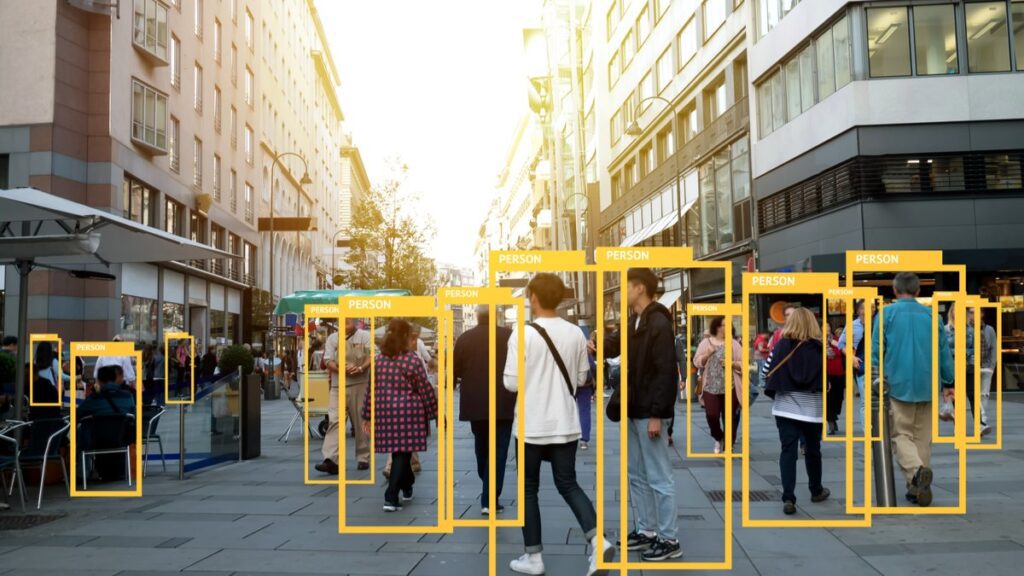
Since the rise of the fourth industrial revolution, digital innovation acted as one of the main pillars for global evolution, the future of machine learning with various tech companies adopting algorithm-based artificial intelligence (AI) will heighten the industry’s universal value.
Artificial intelligence and machine learning are both associated as they are the most adopted technologies to structure intelligent systems.
“AI is a bigger concept to create intelligent machines that can simulate human thinking capabilities and behavior, whereas machine learning is an application or subset of AI that allows machines to learn from data without being programmed explicitly,” according to JavaTpoint.
The overtake of the digital era has led the world to quickly adapt to the levitation of technology, while the growth of the tech industry is exponential, everything else remains linear. Or at least not following similar haste. Machine learning is one of the key factors leading to this unrestrained growth, and AI will sustain its escalation in the years to come.
So, what will the future of machine learning hold for the global innovative descend? And why machine learning is the future? Let’s dive into it.
Machine learning obtains the authority to deliver remarkable alterations to the future’s path in various sectors. The technology market is expected to reach a valuation of $117.19 billion by 2027, growing from $8.43 billion in 2019.
A multitude of businesses began adopting machine learning algorithms to heighten predictions and business decisions. This AI subfield has presented itself as a prominent factor to structure the future, varying on different fields, ranging from quantum computing, Auto Machine Learning (AutoML), diversified sectors, and much more.
Quantum computing relies heavily on machine learning
Even though it is still in its Research and Development (R&D) phase, various machine learning and Big Tech companies are grinding their way into this field by heavily investing in the rise of quantum machine learning.

Quantum computing is one of the few elements with high-level capabilities of taking machine learning abilities to the next level. The speed of its operations will permit faster data processing, delivering a sophisticated level of quantum mechanics to solve complicated problems.
It is worth mentioning that there is still no commercially deployed quantum computer available. However, heavy investments are being poured into the industry.
Auto Machine learning has the potential to alter the future’s landscape
This aspect of machine learning automates the procedure of employing algorithms to fulfill real-life tasks. For instance, AutoML can be used to locate an algorithm that can be employed or to identify whether any algorithms are missing.
AutoML can automate certain machine learning models, such as data pre-processing to improve data quality, feature engineering to assist in creating more adjustable features on input data, feature extraction to deliver new features to enhance predictions, and much more.
Incorporating machine learning with different sectors
Machine learning has been identified as the overpass that will take the world into the inevitable digital fate. While the general conceptualization spread now mainly refers to the far future, the incorporation of machine learning and deep learning into our day-to-day lives is perceived as the first small leap into what the future will hold.
Various industries have begun adopting machine learning technologies to deliver radical advancements to each industry’s functionalities.
For example, machine learning will play a fundamental role in the health sectors, including the pharma sector. The healthcare industry produces intense data sums. By implementing machine learning strategies, it can improve predictions and treatments. This deployment will happen by enabling analysis of a much larger range of data drawn on previous studies, individual demographics, and health reports to deliver accurate predictions.

While some industries are still in their R&D phase concerning machine learning, some have already optimized their business strategies with the help of machine learning techniques.
Despite being in the early stages, manufacturers began deploying machine learning into their business strategies in 2020. The technology’s tools have helped examine equipment performance and state, predict product quality, and estimate energy usage.
With the ever-expanding advancement in technologies, various industries are expected to include more machine-learning programmed robots into their premises in the upcoming future.
AI innovations boil down to two concepts
To truly understand the different layers of AI, one must dive into the classification of AI and then machine learning. While machine learning is a subfield of AI, deep learning is also a subdivision of machine learning. All three complete each other, and one cannot exist without the other.
The most comprehensible manner of explaining the contrast between these two concepts is to know that deep learning, is in fact, machine learning. More accurately, deep learning is perceived to be the evolution of the latter.
Deep learning organizes algorithms in tiers, structuring an “artificial neural network” to learn and make decisions on its own. It employs these programmable neural networks that support machines to deliver better forecasts and decisions without human assistance.
As it is known, the future of digitalization relies heavily on data, and it is no exposé either that the future of deep learning also depends on the same factor.

AI deep learning represents the foundation to how AI can replicate humans to obtain a specific genre of knowledge by using machine learning. The more algorithms work, the more knowledge it gains, the more accurate its prediction becomes.
In essence, AI deep learning deploys a neural network to replicate animal intelligence with three tiers of neurons, the input layer, the hidden layer(s), and the output layer. Intertwined relations between these neurons are related to weight and assessing the significance of the input value.
Data is the sustenance that drives and trains the network, as rehearsing the data and evaluating it will create a Cost Function that delivers results how much the AI is distant from the accurate output.
AI, specifically machine learning, will alter the future in every sense, be it for industries or humans. This intelligent technology has acted as the leading artificer in the emergence and optimization of technologies, such as robotics, manufacturing, various sectors, the Internet of Things, and more to come.
With the speed artificial intelligence is going, the future upholds a prominent role for machine learning and the contribution it will deliver to act as a technological pioneer in the inevitable future.